All mountain caribou in Canada are nationally designated as ‘threatened’. Threatened status means that action is required to improve caribou survival in order to avoid extinction . In 1996, British Columbia signed the National Accord for Protection of Species at Risk. That agreement obliged the province to act to protect species at risk and their habitats, and to develop recovery plans for nationally designated species.
Nevertheless, the number of mountain caribou in the province declined by 17 percent between the years 1996 and 2002. Experts anticipate further declines and local extinctions over time. Clearly, the survival of mountain caribou in BC is an issue of significant public interest.
In 2002, the federal Canadian Wildlife Service published a document that compiled the best and most current information available on MAMU in BC. In 2003, the Canadian Wildlife Service published a second document in which a broad-based Canadian Marbled Murrelet Recovery Team applied information from the 2002 report to develop a MAMU recovery strategy for purposes of the federal Species at Risk Act. That was followed by a risk assessment. This report will not differentiate among those reports, referring to all three collectively as the “Conservation Assessment”.
The Conservation Assessment noted that, unlike most threatened species, MAMU are still relatively abundant; perhaps 65,000 live along the coast of BC and some 500,000 along coastal Alaska . Nevertheless, MAMU have been listed as threatened by the Committee on the Status of Endangered Wildlife in Canada (COSEWIC) since 1990.
Lodgepole pine is an abundant species in the interior of British Columbia (BC) and is important to the region’s forest economy. It is present in 9 of the 12 biogeoclimatic zones, occurring in 6 million hectares of forest across the region. Pine supplies as much as 80 percent of the annual timber harvest in some central interior forest districts and comprises 25 percent of the province’s timber supply.
The audit found the licensees operating in the Hallett landscape unit to be in compliance, in all significant respects, with the Forest Practices Code’s planning and practices requirements as they relate to MPB management within the audit area for operational planning; harvesting; road construction, maintenance and deactivation; site preparation; planting; and fire hazard abatement, for activities between September 1, 2002 and September 26, 2003.
Non-timber forest products (NTFPs) are an important forest resource in British Columbia, with the potential to make a significant economic contribution to small, resource-based communities. Non-timber forest products, also known as non-wood forest products and botanical forest products, include all the human-exploited uses of plant and fungal species of the forest, other than timber, pulpwood, shakes or other wood products. Rough estimates from 1997 placed the value of this resource at $680 million in provincial revenues and the sector has likely grown since then.
The harvest of NTFPs is currently unregulated in BC and this creates a whole range of issues, from lack of government revenue, to potential over-harvesting of the resource, to infringement of aboriginal rights and First Nations’ traditional use of NTFPs.
In June 2000, the Board published a special investigation report titled “Significant Breaches of the Forest Practices Code along the Power Line Corridor for the Kemess South Mine.” The report was based on an investigation of breaches of the Forest Practices Code along the right-of-way for a 340-kilometre power line built to service the Kemess South copper mine in northeastern BC. That report made a number of recommendations to address environmental problems and government enforcement of the Forest Practices Code of British Columbia Act (the Code).
The 2000 special investigation report was the first and, to date, the only case where the Board has found significant breaches of the Code. A significant breach is defined in the legislation as a breach of Code requirements “that has caused or is beginning to cause significant harm to persons or the environment.” The Board concluded that the failures to comply with Code requirements were causing significant harm to the environment and that government's response to the reporting of significant breaches was inadequate and uncoordinated. In total, six separate breaches of the Code were identified.
